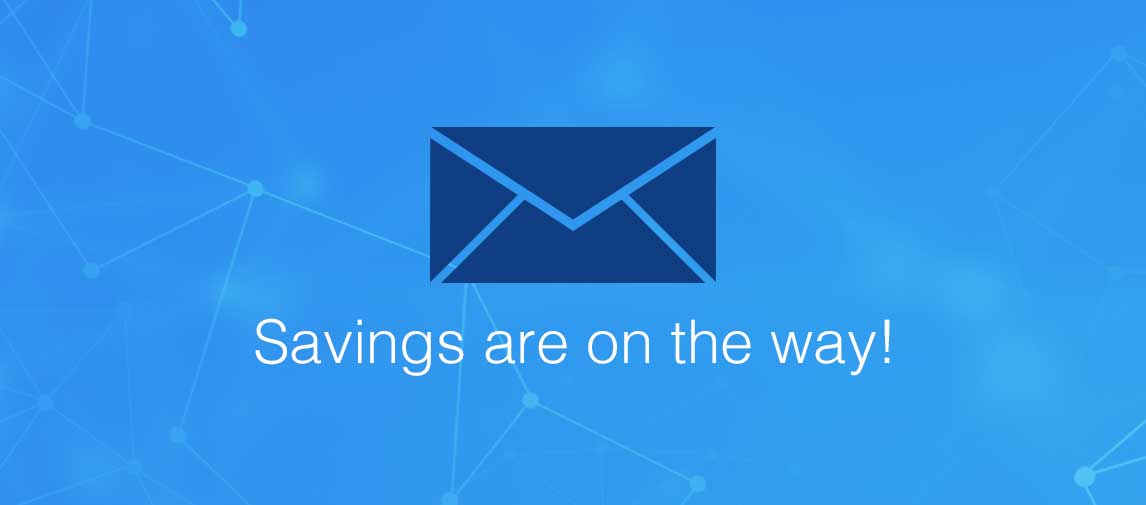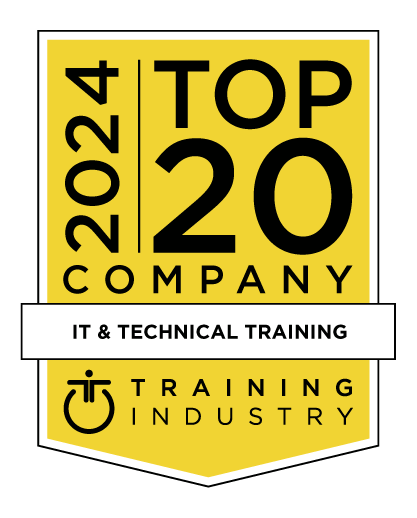title
Please take a moment to fill out this form. We will get back to you as soon as possible.
All fields marked with an asterisk (*) are mandatory.
IBM Cognos Analytics: Author Reports Advanced (V11.1.x)





Course Description
Overview
This course teaches experienced authors advanced report building techniques to enhance, customize, manage, and distribute reports. Additionally, the student will learn how to create highly interactive and engaging reports that can be run offline by creating Active Reports.
Objectives
Create query models
- Build a query and connect it to a report
- Answer a business question by referencing data in a separate query
Create reports based on query relationships
- Create join relationships between queries
- Combine data containers based on relationships from different queries
- Create a report comparing the percentage of change Introduction to dimensional reporting concepts
- Examine data sources and model types
- Describe the dimensional approach to queries
- Apply report authoring styles
Introduction to dimensional data in reports
- Use members to create reports
- Identify sets and tuples in reports
- Use query calculations and set definitions
Dimensional report context
- Examine dimensional report members
- Examine dimensional report measures
- Use the default measure to create a summarized column in a report
Focus your dimensional data
- Focus your report by excluding members of a defined set
- Compare the use of the filter() function to a detail filter
- Filter dimensional data using slicers
- Enhance user interaction with HTML
- Create interactive reports using HTML
- Include additional information with tooltips
- Send emails using links in a report
Calculations and dimensional functions
- Examine dimensional functions
- Show totals and exclude members
- Create a percent of base calculation
Create advanced dynamic reports
- Use query macros
- Control report output using a query macro
- Create a dynamic growth report
- Create a report that displays summary data before detailed data and uses singletons to summarize information
Design effective prompts
- Create a prompt that allows users to select conditional formatting values
- Create a prompt that provides users a choice between different filters
- Create a prompt to let users choose a column sort order
- Create a prompt to let users select a display type
Examine the report specification
- Examine report specification flow
- Identify considerations when modifying report specifications
- Customize reporting objects
Distribute reports
- Burst a report to email recipients by using a data item
- Burst a list report to the IBM Cognos Analytics portal by using a burst table
- Burst a crosstab report to the IBM Cognos Analytics portal by using a burst table and a master detail relationship
Enhance user interaction
- Introduction to IBM Cognos Active Reports
- Examine Active Report controls and variables
- Create a simple Active Report using Static and Data-driven controls
- Change filtering and selection behavior in a report
- Create interaction between multiple controls and variables
- Active Report charts and decks
- Create an Active Report with a Deck
- Create an Active Report with 11.0 visualizations
Audience
Authors
Prerequisites
- Knowledge of your business requirements
- Previous experience building reports with IBM Cognos Analytics V11.1.x, or you have taken the IBM Cognos Analytics: Author Reports Fundamentals (V11.1.x) course.
Topics
Create query models
- Build a query and connect it to a report
- Answer a business question by referencing data in a separate query
Create reports based on query relationships
- Create join relationships between queries
- Combine data containers based on relationships from different queries
- Create a report comparing the percentage of change Introduction to dimensional reporting concepts
- Examine data sources and model types
- Describe the dimensional approach to queries
- Apply report authoring styles
Introduction to dimensional data in reports
- Use members to create reports
- Identify sets and tuples in reports
- Use query calculations and set definitions
Dimensional report context
- Examine dimensional report members
- Examine dimensional report measures
- Use the default measure to create a summarized column in a report
Focus your dimensional data
- Focus your report by excluding members of a defined set
- Compare the use of the filter() function to a detail filter
- Filter dimensional data using slicers
- Enhance user interaction with HTML
- Create interactive reports using HTML
- Include additional information with tooltips
- Send emails using links in a report
Calculations and dimensional functions
- Examine dimensional functions
- Show totals and exclude members
- Create a percent of base calculation
Create advanced dynamic reports
- Use query macros
- Control report output using a query macro
- Create a dynamic growth report
- Create a report that displays summary data before detailed data and uses singletons to summarize information
Design effective prompts
- Create a prompt that allows users to select conditional formatting values
- Create a prompt that provides users a choice between different filters
- Create a prompt to let users choose a column sort order
- Create a prompt to let users select a display type
Examine the report specification
- Examine report specification flow
- Identify considerations when modifying report specifications
- Customize reporting objects
Distribute reports
- Burst a report to email recipients by using a data item
- Burst a list report to the IBM Cognos Analytics portal by using a burst table
- Burst a crosstab report to the IBM Cognos Analytics portal by using a burst table and a master detail relationship
Enhance user interaction
- Introduction to IBM Cognos Active Reports
- Examine Active Report controls and variables
- Create a simple Active Report using Static and Data-driven controls
- Change filtering and selection behavior in a report
- Create interaction between multiple controls and variables
- Active Report charts and decks
- Create an Active Report with a Deck
- Create an Active Report with 11.0 visualizations
Related Courses
-
IBM Cognos Analytics: Author Reports Advanced (V11.1.x)
J4259GS- Duration: 16 Hours
- Delivery Format: Self-Paced Training
- Price: 1,095.00 USD
-
IBM Cognos Analytics: Modeling with Data Modules (V11.1.x)
B6290GW- Duration: 6.5 Hours
- Delivery Format: Self-Paced Training (WBT)
- Price: 245.00 USD
Self-Paced Training Info
Learn at your own pace with anytime, anywhere training
- Same in-demand topics as instructor-led public and private classes.
- Standalone learning or supplemental reinforcement.
- e-Learning content varies by course and technology.
- View the Self-Paced version of this outline and what is included in the SPVC course.
- Learn more about e-Learning
Course Added To Shopping Cart
bla
bla
bla
bla
bla
bla
Self-Paced Training Terms & Conditions
This is a Self-Paced virtual class; it is intended for students who do not need the support of a classroom instructor.
If you feel you would better benefit from having access to a Subject Matter Expert, please enroll in the Instructor-Led version instead. Minimal technical support is provided to address issues with accessing the platform or problems within the lab environment.
Before you enroll, review the system requirements to ensure that your system meets the minimum requirements for this course. AFTER YOU ARE ENROLLED IN THIS COURSE, YOU WILL NOT BE ABLE TO CANCEL YOUR ENROLLMENT. You are billed for the course when you submit the enrollment form. Self-Paced Virtual Classes are non-refundable. Once you purchase a Self-Paced Virtual Class, you will be charged the full price.
After you receive payment confirmation from LearnQuest, you will be sent further access instructions and time limits for your course from IBM.
IMPORTANT!!! If your course provides access to a hands-on lab (Virtual Lab Environment), you will have a specific number of days (varies course by course) on the remote lab platform to complete your hands-on labs. Do not start your lab until you are ready to use your lab time effectively. Time allotted in the virtual lab environment will be indicated once you log into your course. The self-paced format gives you the opportunity to complete the course at your convenience, at any location, and at your own pace. The course is available 24 hours a day.
If the course requires a remote lab system, the lab system access is allocated on a first-come, first-served basis. When you are not using the elab system, ensure that you suspend your elab to maximize your hours available to use the elab system. Note: This does not add additional days to your Lab Environment time frame.
Click the Skytap Connectivity Test button to ensure this computer's hardware, software and internet connection works with the SPVC Lab Environment.
Click the Skytap Connectivity Documentation button to read about the hardware, software and internet connection requirements.
Exam Terms & Conditions
Sorry, there are no classes that meet your criteria.
Please contact us to schedule a class.

STOP! Before You Leave
Save 0% on this course!
Take advantage of our online-only offer & save 0% on any course !
Promo Code skip0 will be applied to your registration
Purchase Information
title
Please take a moment to fill out this form. We will get back to you as soon as possible.
All fields marked with an asterisk (*) are mandatory.










